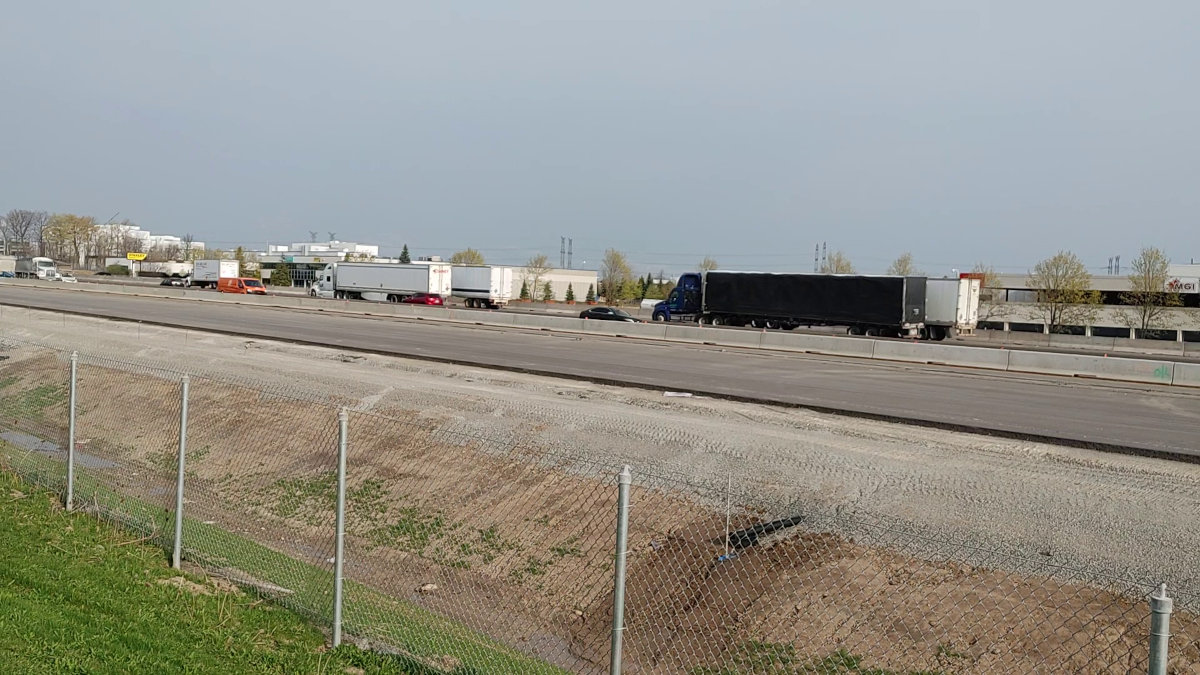This content is restricted to site members. If you are an existing user, please log in. New users may register below.
About The Author
Related Posts
Recent Comments
Archives
- January 2024
- December 2023
- August 2021
- June 2021
- April 2021
- February 2021
- July 2020
- June 2020
- October 2018
- September 2018
- April 2017
- August 2015
- April 2015
- December 2014
- November 2014
- October 2014
- September 2014
- August 2014
- July 2014
- June 2014
- May 2014
- April 2014
- March 2014
- February 2014
- January 2014
- December 2013
- November 2013
- August 2013
- July 2013
- February 2013
- December 2012
- July 2012
- June 2012
- April 2012
- March 2012
- January 2012
- December 2011
- November 2011
- August 2011
- June 2011
- May 2011
- April 2011
- March 2011
- February 2011
- January 2011
- December 2010
- October 2010
- September 2010
- June 2010
- May 2010
- April 2010
- March 2010
- February 2010
- January 2010
- December 2009
- November 2009
- October 2009
- September 2009
- August 2009
- July 2009
- June 2009
- May 2009
- April 2009
- March 2009
- February 2009
- January 2009
- December 2008
- November 2008
- October 2008
- September 2008
- August 2008
- July 2008
- June 2008
- May 2008
- April 2008
- March 2008
- February 2008
- January 2008
- December 2007


